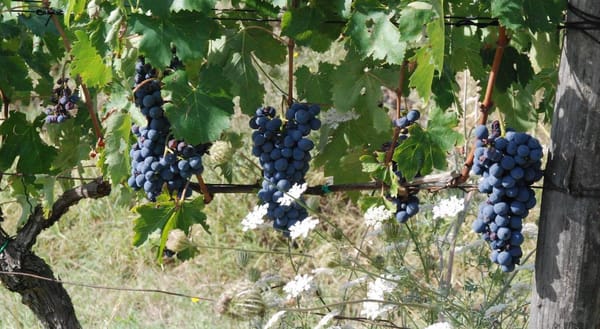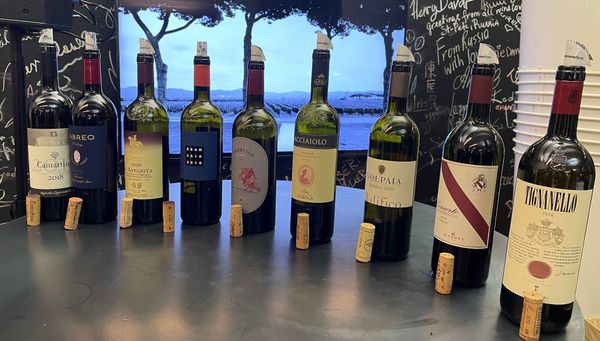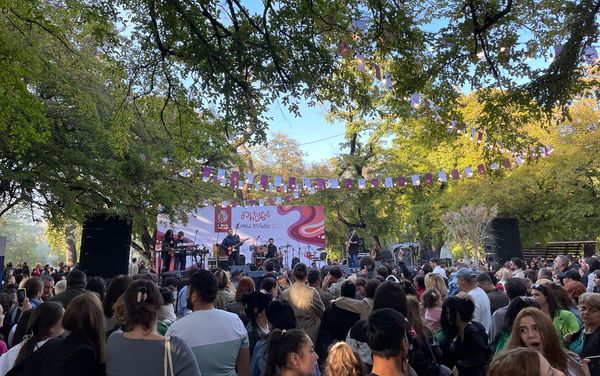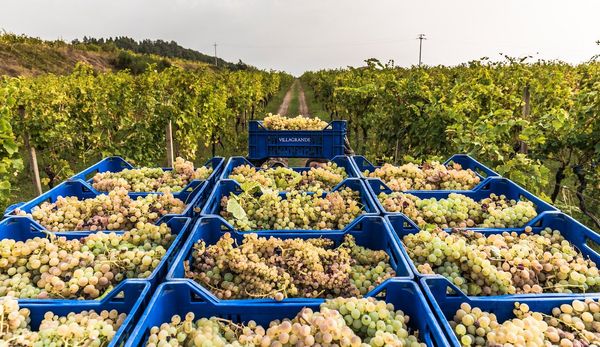Interview: Youmna Asseily of Chateau Biac on a life changing project by the Garonne

In 2006, Tony and Youmna Asseily became accidental winemakers in their favourite holiday destination, moving their family from Lebanon to Bordeaux. 10 years on they are still proudly living the dream at Chateau Biac.
Chateau Biac has an incredibly rich history, including an extensive winemaking heritage; how does it feel ten years into your family's ownership of the estate?
Whilst aware of that rich history and heritage when we acquired it in 2006 we have since discovered documents, inter alia old Feret Editions, that as far as the mid-19th century, Biac was already known to produce “wines of elegance, fine wines, amongst the first growths of the area”. Many professional viticulturists of the region also confirmed that the terroir was indeed quite unique and magical! We saw ourselves as custodian of that heritage and our aim has been to restore the property to its former glory and reputation. After 10 years of intense labour and investment, we are starting to feel that we are on the right track! But it is a continuing process.
You have made strategic changes to the vineyard plantings since 2006, reducing the amount of Semillon and adding Petit Verdot for example. Can you talk about the influences on this decision?
Upon acquiring Biac and together with Gilles Rey, our consultant agricultural engineer brought in by Patrick Leon, our oenologist, we conducted a thorough audit of the property to determine:
- What type of soils we had
- Whether we had the right varietal on that soil
- If so, was it in good condition
- If not, what should be replanted instead
We then built a 12 year restructuring plan carefully mapped out to make sure that the average age of the vines (45 years) does not drop too much. For instance, the decision to reduce the Semillons was taken after discovering that part of the plot where they were planted had a high density of gravel and an exposure ideally suited for Cabernets Sauvignons. Deeper soil analysis made us select 4 different types of rootstocks on that one plot. Along that same ridge and a few dozen meters further along, we found a very small space plot of pure clay where M Rey thought that the Petit Verdot would thrive. Thus was introduced the Petit Verdot.
I like to say that a vineyard is a bit like a family: you need older generations for wisdom, patience and understanding and younger generations for energy and ambition!!!!
You also renovated and modernised the cellar. What kind of changes have you made?
Once we were convinced of the vineyard’s potential to produce fine wines, we had to have the proper tool to allow us to go further.
Unfortunately, our predecessors had left the cellar to deteriorate: the roof was leaking, there was no insulation at all, the cement vats had not been properly tended to and so we soon came to the conclusion that we would not be able to conduct a proper operation in those circumstances.
Whilst preserving the architectural history of the buildings the changes inside the cellar have transformed them into a state of the art facility: the roof was completely rebuilt and insulation installed; a selection of small stainless steel thermo regulated vats was chosen (sizes vary between 30 to 60 hectoliters, with two smaller ones of 17 hl and 25 hl respectively dedicated for the Petit Verdot and the Semillons), air conditioning; the way the cellar operates enables us today to vinify our wines in the best conditions possible, hygienically and technically but also in a building which respects its architectural past: old stone walls rediscovered and the beautiful original roof structure are now visible and enhanced.
How would you describe your wines and how might they stand out from others produced around the Garonne?
We hope that the wines made in Biac are a true reflection of its unique terroir and the vintages unfolding year after year. It is difficult for us to say how they stand out from others produced around the Garonne .This is for consumers to describe as each one of us has a different palate.
However, due to the extraordinary soil diversity on such a small area, (from gravel, to clay, with lots of areas with clay/chalk and high density of gravel on a chalky platform), our winemaking strategy follows what the vintage really reveals: thus, our Chateau Biac 2008 and 2011 are predominantly Cabernet Sauvignon based whereas the 2009, 2010 and 2012 are predominantly Merlot.
The constant signature of the wines is their freshness, well integrated supple tannins; rich, ripe fruits with the wood of our French oak barrels very subdued, acting only as a support for the wine rather than overpowering it.
A sweet wine, 'Secret de Chateau Biac', is produced. How important is this wine to the Biac brand?
Secret de Chateau Biac is very important to the Biac brand: we make a very small quantity of Secret, but it is made “by the book” in the true tradition of liquoreux wines, strictly supervised by Christine Sourdes , our sweet wine oenologist . Only botrytised (noble rot) grapes are picked over several passages which can spread over weeks depending on the weather.
We are in the Cadillac appellation for sweet wines and we like to say that we make the “Rolls Royce” of Cadillacs!!! The ability of Biac to produce red wines and sweet wines on such a small vineyard is yet another testimony to its unique versatility. This is why it was very important to keep the historical presence of the Semillons vines, some of which are over 70 years old. We have planted a small plot with Sauvignons blancs, which will enable us where necessary to make the Secret de Chateau Biac more complex and fresh.
Last February at a blind tasting in Tokyo our Secret de Chateau Biac 2010 was the only French liquoreux wine to have been awarded a Double Gold award in the French Sweet Wine category by the Japanese Jury of the Sakura Women Wine Awards.
What are the challenges of producing Bordeaux wines without the association of prestigious appellations?
The challenges are enormous…but -hopefully!- not unsurmountable.... However, they require a lot of determination and much more effort on our part . We are attempting to build a brand and thus to change perceptions…if people are willing to taste, the wines can speak for themselves. Luckily there are a lot of people out there who have an open mind and open palate!!
2015 is well documented as a stunning year in Bordeaux. What are your hopes for the vintage? What can we expect from your wines?
The 2015 vintage brought broad smiles to many faces in Bordeaux and to ours too, as conditions were favourable for most of us until harvest time. Moreover the press coverage was very encouraging following four previous unfavorably -and not always fairly- perceived vintages.
One can expect the same freshness, ripe fruits, pleasing balance between fruit aromas and supple tannins as has become the trademark of our wines.
It is still too early for us to voice a “final “judgement as the wines are still in their ageing period and not yet blended. But we are very confident that the effort we have put in combined with the favourable weather conditions will once more produce a superlative Biac vintage.
Finally, would you ever consider making wines in the Lebanon?
This is a question we often get asked. But the answer is negative!. We had never intended to become winemakers in the first place. It was really Biac that made us change our minds: its unique and stunning position, its terroir, the human size of the property and the quality of life we experience being in this very special region.....All these factors combined contributed to make us take up this quite daunting challenge!...
These challenges still unfold in front of us year in, year out; we have much to learn still from them. At this stage, I don’t think we could duplicate anywhere else our total involvement in developing another vineyard with the same dedication, however, perhaps the future generations will be tempted..who knows?




